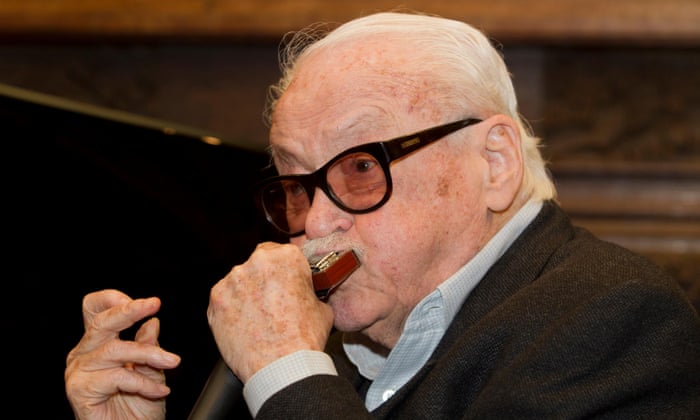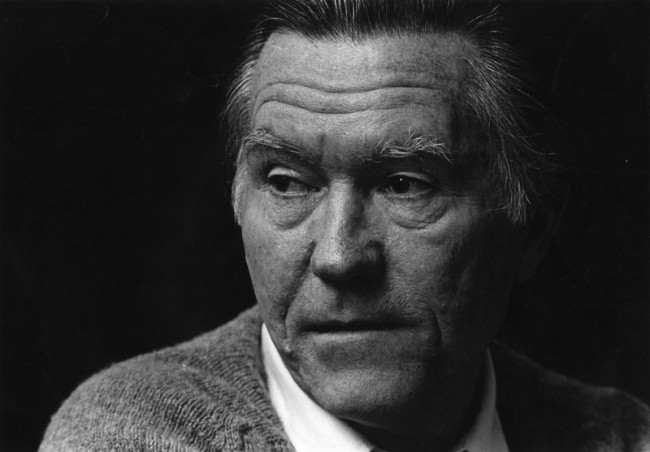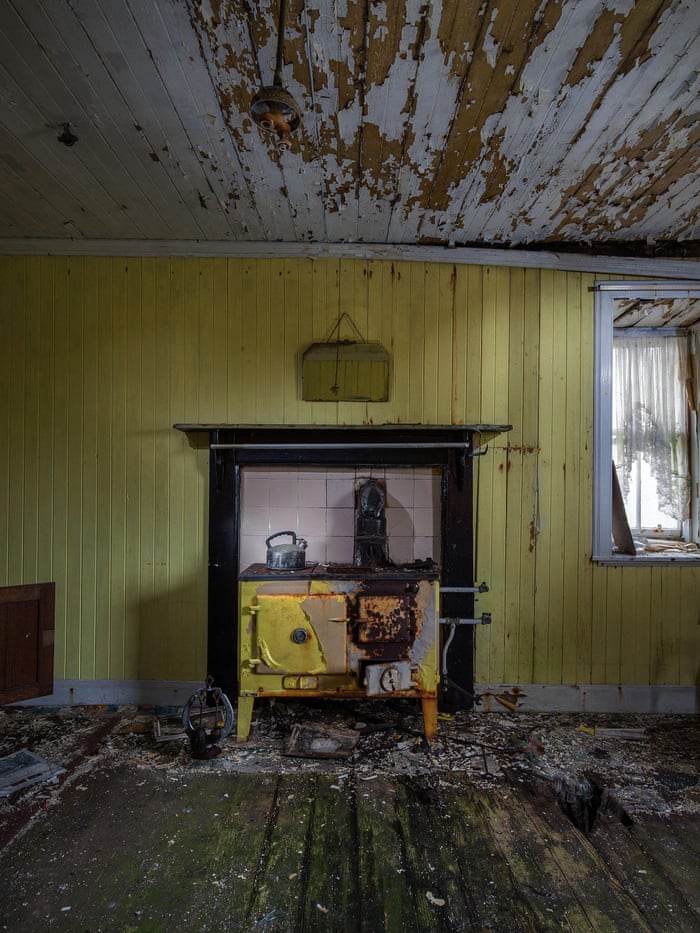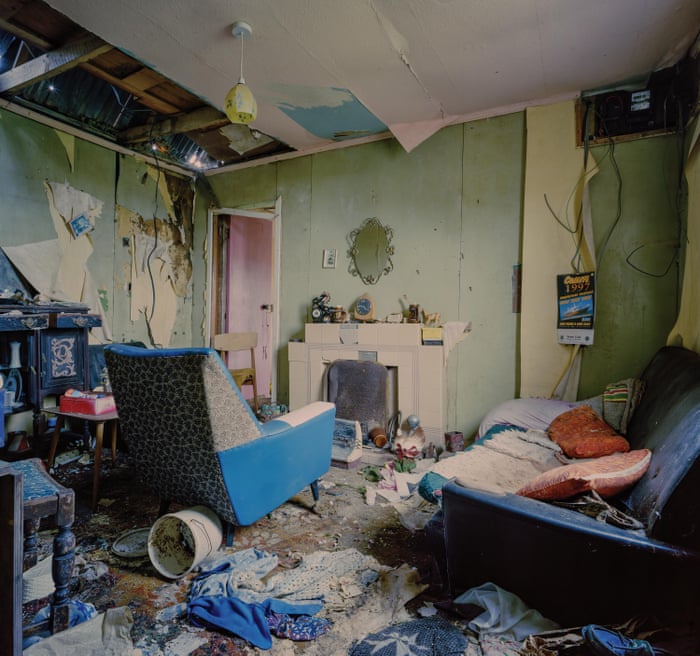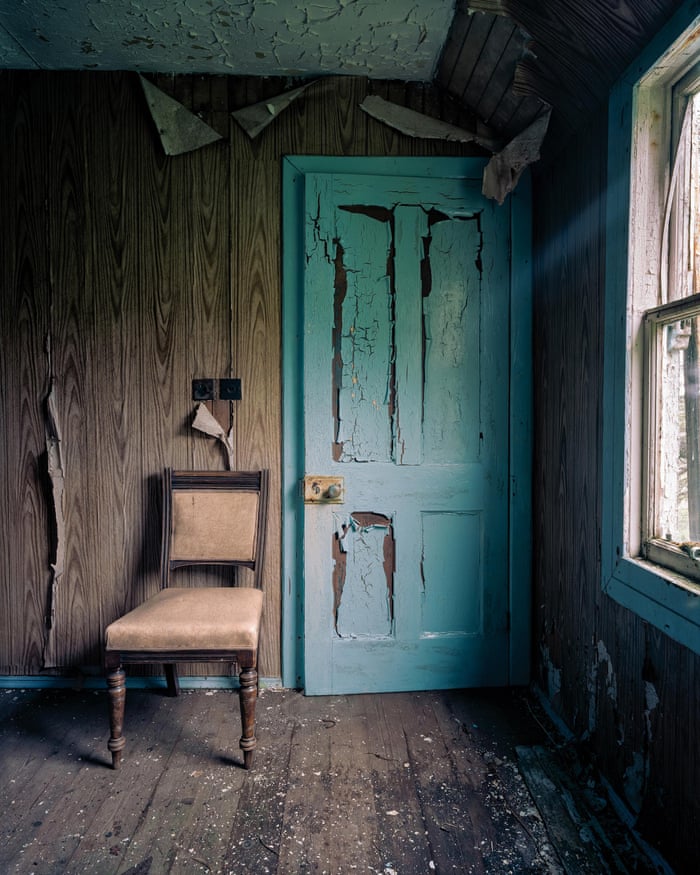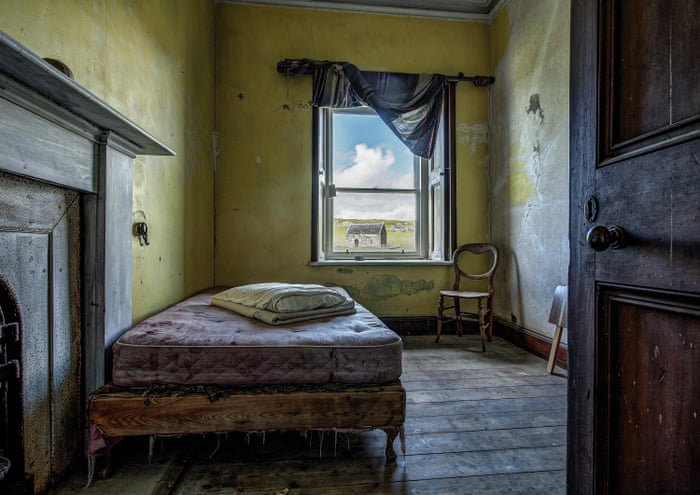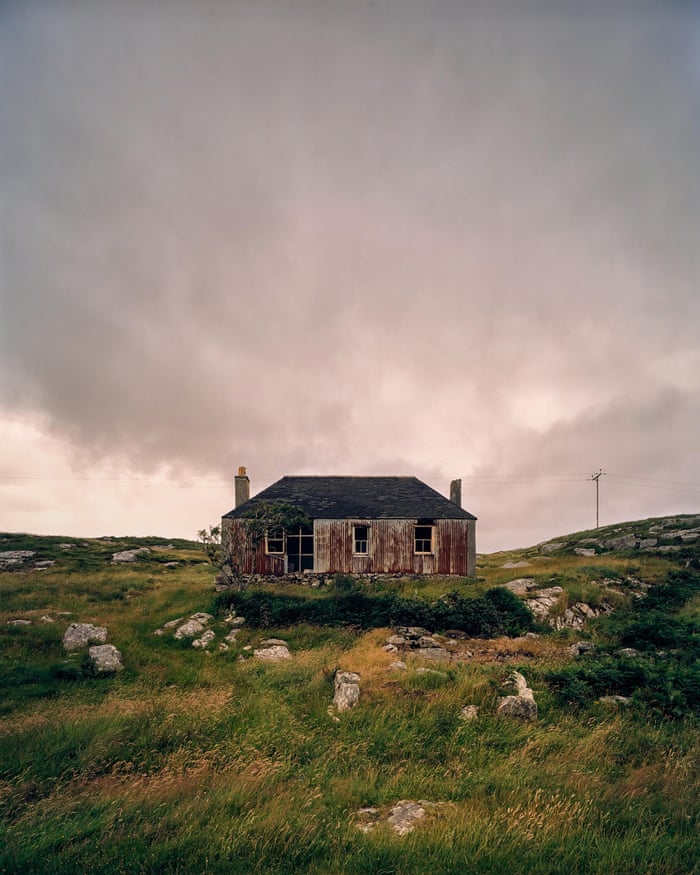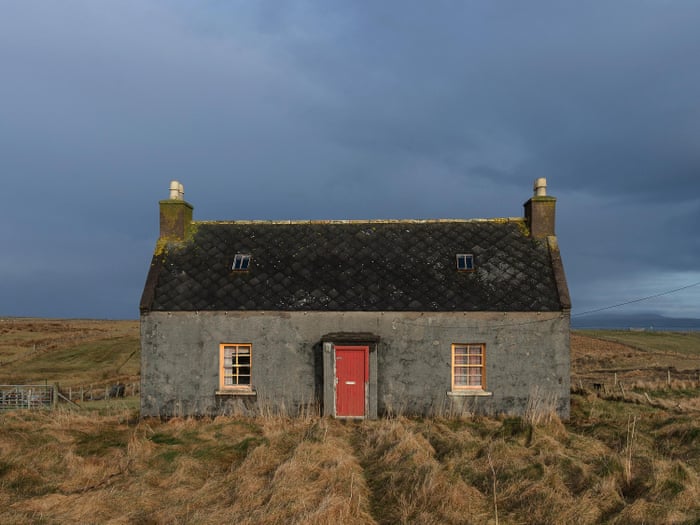5 May 2016
By some accounts, the Dakota Access oil pipeline seems like done deal. Iowa, the last state out of the four the pipeline would cut through to grant a permit, approved the pipeline in March, leaving the project with just one federal approval to gain. And the company in charge of the pipeline, Energy Transfer Partners, appears to not be waiting until that federal permit is granted: It’s already started construction on the 1,154-mile pipeline.
But for the native tribes affected by the pipeline, the fight is far from over. Tribes have written letters to government agencies, met with the Army Corps of Engineers — which is responsible for issuing the final permit for the pipeline — and have launched a campaign, called Rezpect our Water, against the pipeline. They’ve even set out on a 500-mile relay run in protest of the project.
“Even in South America and Canada, we have seen the devastation of a culture because of oil leaks and oil spills and we just don’t want that to happen here to us,” Doug Crow Ghost, director of water resources for the Standing Rock Sioux Tribe in North Dakota, told Think Progress.
The The Dakota Access pipeline, also referred to as the Bakken pipeline, would carry oil from the Bakken region of North Dakota to Patoka, Illinois. The project, which was proposed in 2014, once had a route that would cross the Missouri River upstream of Bismarck, North Dakota. But that proposal was changed, according to Earthjustice, because of worries that the pipeline would impact drinking water for the people of Bismarck. Now, the proposed route would run downstream to the reservation — despite the fact that the Standing Rock Sioux also get their drinking water from the Missouri.

A leak in the pipeline, which would cross under the Missouri River twice, could decimate water supplies for the tribe, Crow Ghost said. But it’s not just water supplies he’s worried about: There are also plants that live along the riverbank that are crucial for cultural reasons, and an oil spill could destroy them.
“There are cottonwood stands along the Missouri and its tributaries, and buffalo berries, sage, and mouse bean that we use,” he said. “There are so many different ones. I couldn’t even begin to name them.”
Crow Ghost and other members of the tribe wrote letters to multiple state and government agencies, including the Bureau of Indian Affairs, Department of Civil Works, the states of North Dakota and South Dakota, the EPA, and the Army Corps of Engineers, outlining their concerns with the pipeline. After receiving the letters, the Environmental Protection Agency, Department of Interior, and the Advisory Council on Historic Preservation all wrote letters of their own to the Army Corps of Engineers, asking the agency to complete a revised version of its Environmental Assessment that looks more closely at the proposed pipeline’s impact on water sources for native communities and at concerns over environmental justice issues that the pipeline poses.

“The routing of a 12- to 30-inch crude oil pipeline in close proximity to and upstream of the Reservation is of serious concern to the Department,” the Department of Interior writes in its letter. “A spill could impact the waters that the Tribe and individual tribal members residing in that area rely upon for drinking and other purposes,” it continues. “We believe that, if the pipeline’s current route along the edge of the Reservation remains an option, the potential impact on trust resources in this particular situation necessitates full analysis and disclosure of potential impacts through the preparation of an [Environmental Impact Statement].”
Currently, the Army Corps is working to complete Environmental Assessments (EA) for the 37 miles of the pipeline’s route that are under the Corps’ control. These 37 miles include segments of the route that cross federal land, including the two crossings of the Missouri River. The rest of the pipeline route was under the jurisdiction of the states, said Eileen Williamson, spokesperson for the Omaha district of the Army Corps. If the Corps does find that the pipeline, in the areas examined, does have the potential to cause significant environmental effects, a more rigorous Environmental Impact Statement will be required. The Corps also has the ability to take the letters from the EPA, Interior, and ACHP into account when it completes its assessments and include a direct response to the offices in the Environmental Assessment, she said.
The agencies, in their March letters, also recommended that the Army Corps provide more consultation with tribes over the pipeline — the Advisory Council on Historic Preservation wrote it was “perplexed by the Corps’ apparent difficulties in consulting with the Standing Rock Sioux Tribe.” Williamson said that Army Corps representatives have “attended three comprehensive consultation meetings with representatives from numerous tribes,” including a meeting with the Standing Rock Sioux tribe last week.
Still, Kelly Morgan, Tribal historic preservation officer and archaeologist for the Standing Rock Sioux Tribe, said she wished the Army Corps had consulted more with the tribe. There have been meetings, she said, but she didn’t view them as formal, government-to-government consultations — though that is how the Army Corps classifies them.
“As the tribal archaeologist, this whole area has a very rich cultural history,” she said. “There are burials out there, cultural sites, and habitation sites” that have spanned multiple generations. During one of the meetings with the Army Corps, Crow Ghost took an officer to see a burial ground that would be impacted by the pipeline, a region that’s off the property of the reservation but “is still aboriginal territory of our people.”Nobody wants their church to be desecrated, and the earth is our church.
“We want to protect that. That was a village. We hold that in high regard because of our relatives that are still buried in that area,” he said. “Nobody wants their church to be desecrated,” he added, “and the earth is our church.”
It’s with that sentiment in mind that youths from multiple tribes in the path of the pipeline set out on a 500-mile relay run last week to deliver a petition against the pipeline to the Army Corps Omaha District office. The petition calls on the Army Corps to complete an Environmental Impact Statement on the pipeline before permitting it to cross the Missouri and Cannonball Rivers.
“We are borrowing this land from our grandchildren so we need to take care of our main life source: water,” Roni Starlin, Santee Nebraska tribal citizen, and one of the coordinators of the run, said in a statement. “Without clean water we will cease to survive, thus exterminating our own existence. We are running for our future generations.”
So far, it’s not clear when the Environmental Assessment will be released — it was projected to be early May, but Williamson said there’s no clear timeline because the Army Corps needs time to go through the comments it received on its draft EA. If there’s anything related to environmental concerns in those comments, she said, the Army Corps needs to determine whether those concerns have already been addressed or still need to be. And the Corps has received a lot of comments, she said, stressing that the agency at its core was neither a proponent or an opponent of the project.
If the Army Corps does find in its Environmental Assessments that the pipeline won’t create a significant impact on the environment, and decides to grant a permit for the project, tribe members aren’t backing down. Crow Ghost said the tribe had talked about next steps if that happens, but wasn’t ready to share what they were just yet. Earthjustice and other environmental groups, including the Indigenous Environmental Network, have been working with the tribes, as have been some landowners along the pipeline’s proposed route.
“In my way of looking at this, as the tribal archaeologist, this is Keystone three,” Morgan said, adding that the Standing Rock Sioux tribe was strongly opposed to that pipeline too. “We’re just at the beginning.”
From
Think Progress



